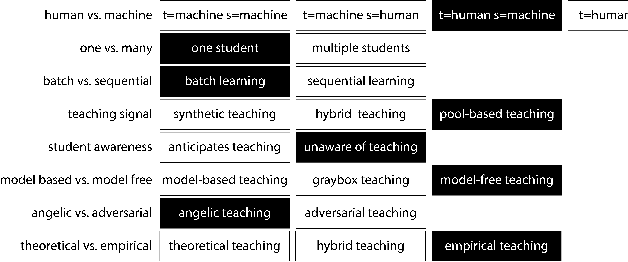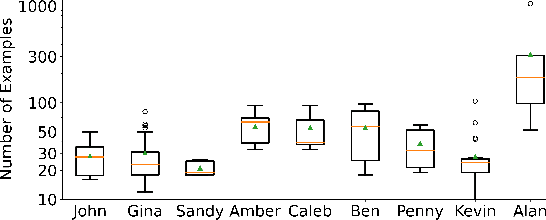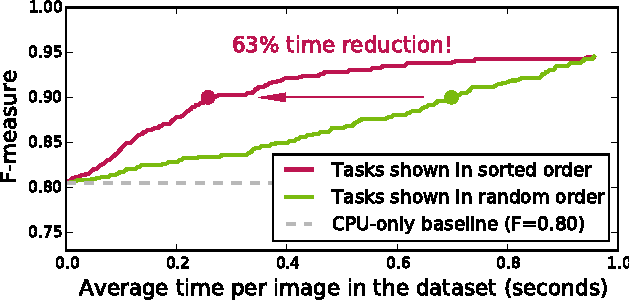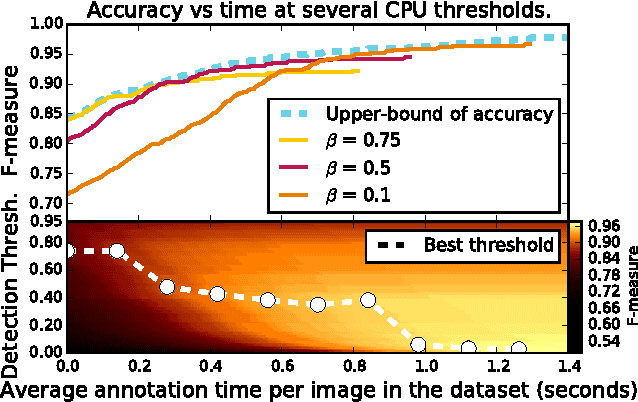Utkarsh Dwivedi
Examining the Values Reflected by Children during AI Problem Formulation
Sep 27, 2023Abstract:Understanding how children design and what they value in AI interfaces that allow them to explicitly train their models such as teachable machines, could help increase such activities' impact and guide the design of future technologies. In a co-design session using a modified storyboard, a team of 5 children (aged 7-13 years) and adult co-designers, engaged in AI problem formulation activities where they imagine their own teachable machines. Our findings, leveraging an established psychological value framework (the Rokeach Value Survey), illuminate how children conceptualize and embed their values in AI systems that they themselves devise to support their everyday activities. Specifically, we find that children's proposed ideas require advanced system intelligence, e.g. emotion detection and understanding the social relationships of a user. The underlying models could be trained under multiple modalities and any errors would be fixed by adding more data or by anticipating negative examples. Children's ideas showed they cared about family and expected machines to understand their social context before making decisions.
Exploring Machine Teaching with Children
Sep 27, 2021



Abstract:Iteratively building and testing machine learning models can help children develop creativity, flexibility, and comfort with machine learning and artificial intelligence. We explore how children use machine teaching interfaces with a team of 14 children (aged 7-13 years) and adult co-designers. Children trained image classifiers and tested each other's models for robustness. Our study illuminates how children reason about ML concepts, offering these insights for designing machine teaching experiences for children: (i) ML metrics (e.g. confidence scores) should be visible for experimentation; (ii) ML activities should enable children to exchange models for promoting reflection and pattern recognition; and (iii) the interface should allow quick data inspection (e.g. images vs. gestures).
* 11 pages, 8 images
On Optimizing Human-Machine Task Assignments
Sep 24, 2015

Abstract:When crowdsourcing systems are used in combination with machine inference systems in the real world, they benefit the most when the machine system is deeply integrated with the crowd workers. However, if researchers wish to integrate the crowd with "off-the-shelf" machine classifiers, this deep integration is not always possible. This work explores two strategies to increase accuracy and decrease cost under this setting. First, we show that reordering tasks presented to the human can create a significant accuracy improvement. Further, we show that greedily choosing parameters to maximize machine accuracy is sub-optimal, and joint optimization of the combined system improves performance.
 Add to Chrome
Add to Chrome Add to Firefox
Add to Firefox Add to Edge
Add to Edge